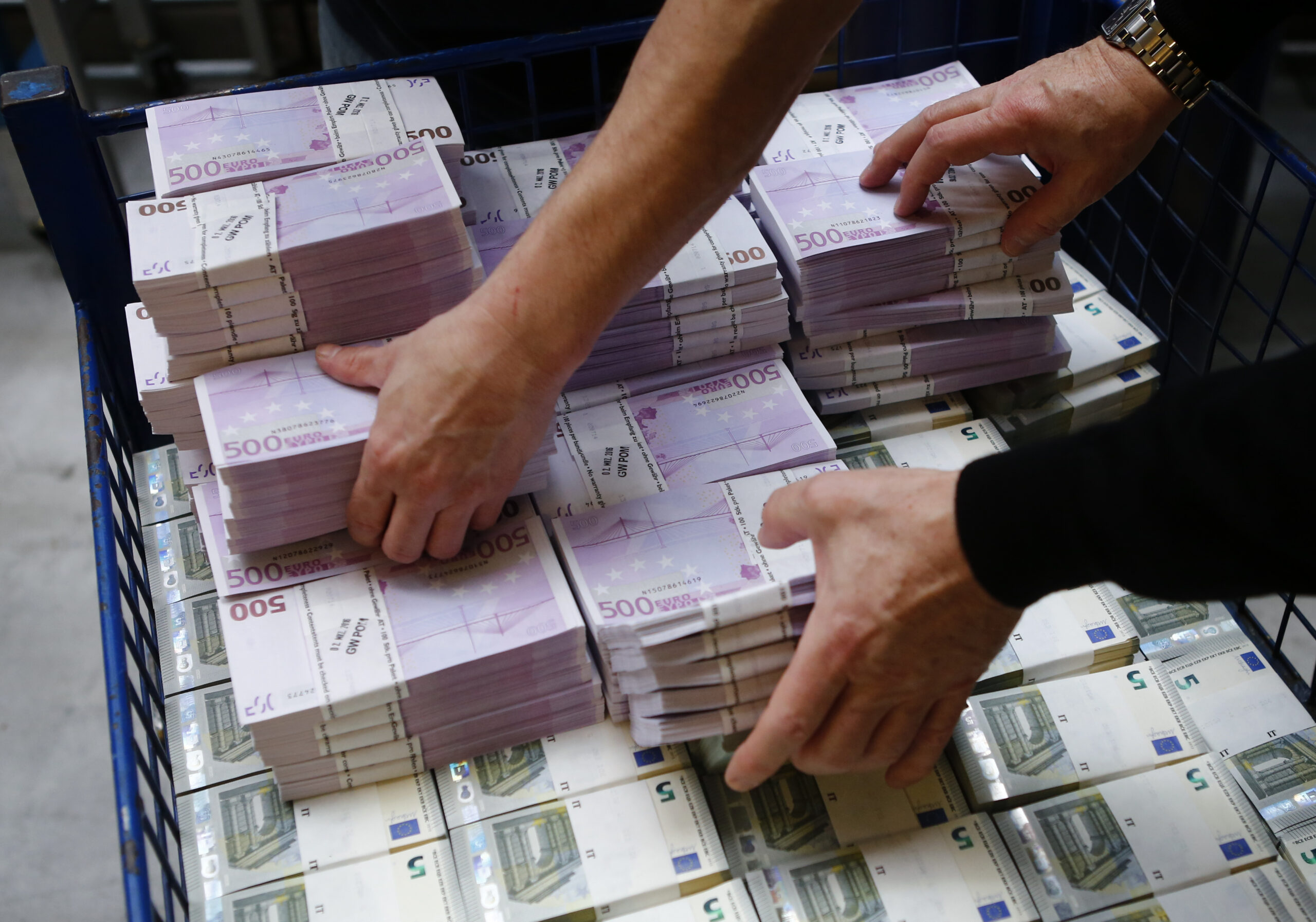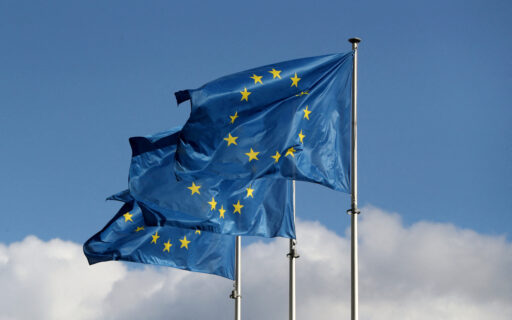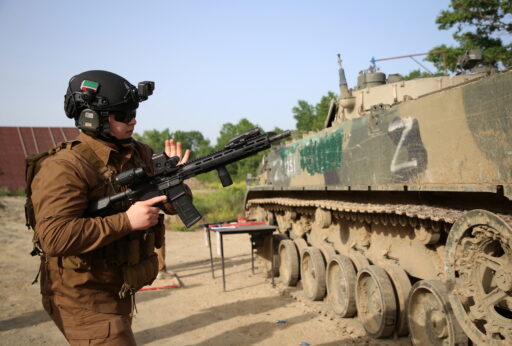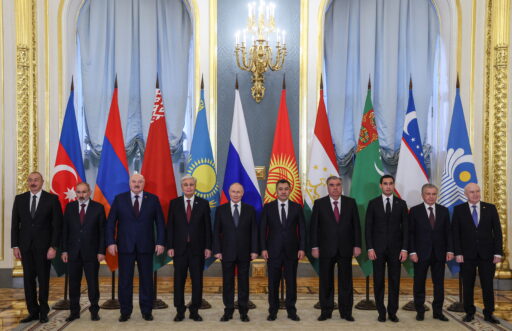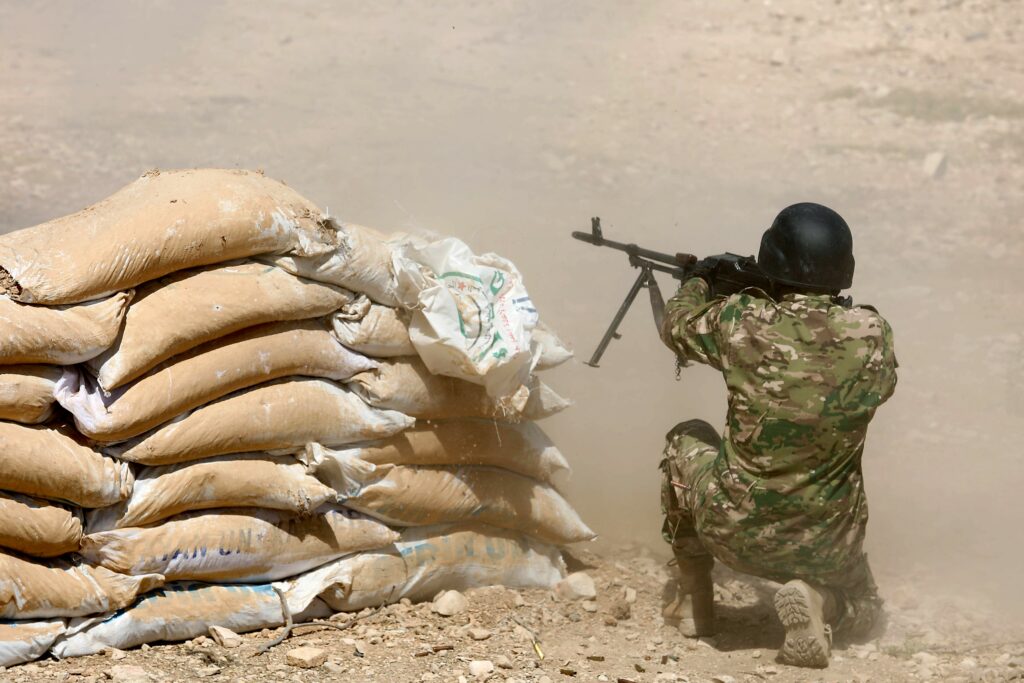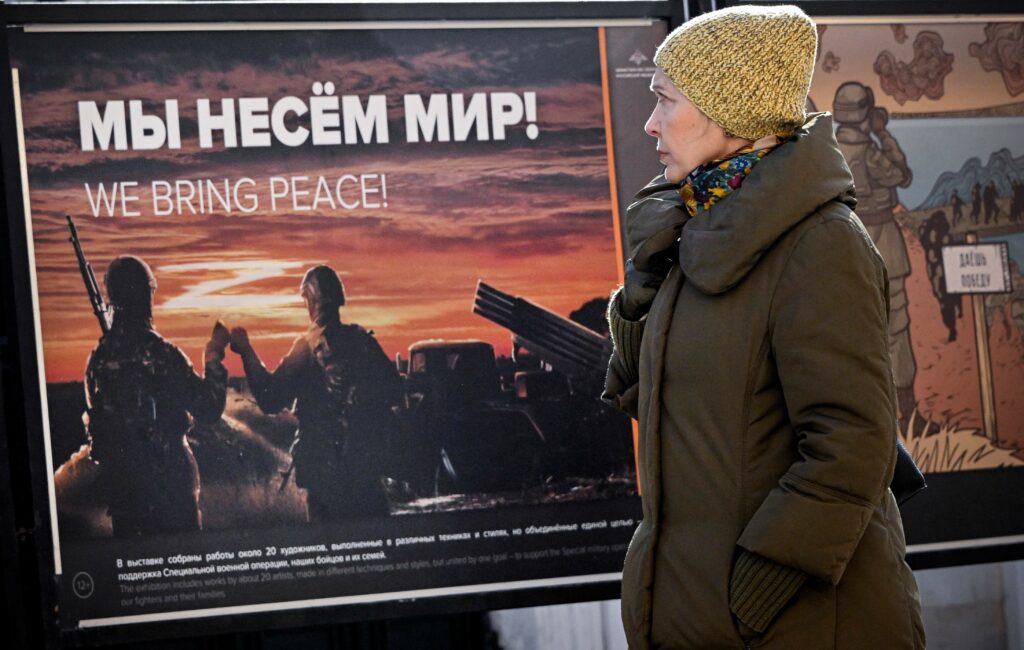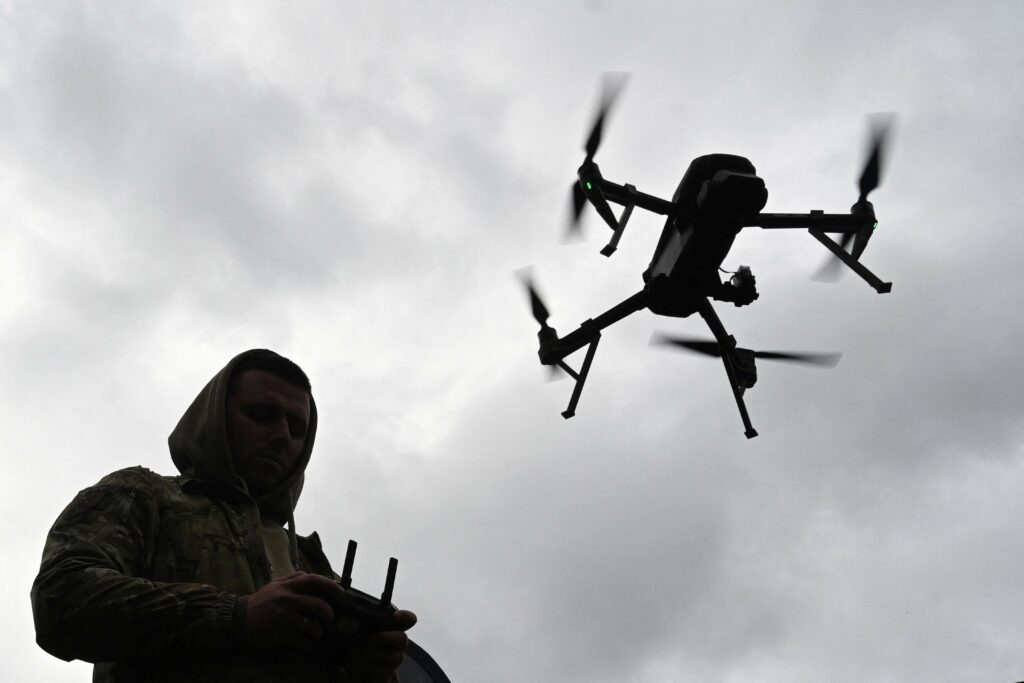The discussions on the fate of the assets of the Russian central bank in the European Union and the United States have not abated since February 2022. Immediately after the start of the full-scale invasion, some $ 300 billion of Russian assets were frozen in Western banks. The states that have jurisdiction over these funds face a difficult dilemma. On the one hand, Ukraine and many of its allies are demanding that these funds be confiscated for the benefit of the affected party for post-war reconstruction. On the other hand, existing norms of international law severely restrict transactions involving sovereign assets.
Where and how much?
Since February 2022, between $ 280bn (the US Treasury estimate) and $ 300bn (Russian estimate) of Russian sovereign assets have been frozen globally. According to Reuters, in February 2022, the Russian Central Bank held about $ 67 billion in dollar assets, $ 207 billion in euros and $ 37 billion in British pounds. It also held $ 36bn in Japanese yen, $ 19bn in Canadian dollars, $ 6bn in Australian dollars, $ 1.8bn in Singapore dollars and about $ 1bn in Swiss francs.
Of the Russian assets held in euros, some € 159 billion (or about 82%) are held by the Belgian custodian Euroclear, which is indeed the largest holder of Russian sovereign assets outside Russia. The position of both Belgium, in whose jurisdiction the depository is located, and a number of other European countries, including Germany, is that there is no legal basis in modern international law for confiscating Russian sovereign assets. In addition, Euroclear’s representatives have stated that the consequences for the entire European financial system in the event of asset confiscation could be unpredictable. They also cited the example of Iranian assets, some of which have been frozen since 1979 and remain so.
The letter of the law
The question of the possibility of confiscating a state’s sovereign assets is directly at odds with a rather old principle of international law, according to which state property, including assets, enjoys immunity. For example, the European Convention on State Immunity (CETS 074, 1972) expressly prohibits the confiscation of property belonging to one state by another state, unless either both states agree to such confiscation and redistribution of the property, or the property is being used for commercial purposes. Technically, Russia has not signed this convention. However, in discussing this problem it is important to keep in mind not only specific laws, but also international legal customs, i.e. established practices of approaching the issue of state property.
Another example of such custom is the 2004 UN Convention on Jurisdictional Immunities of States and their Property. Although it has not formally entered into force, this document in fact reflects accepted practices and norms of international law. It also answers the question of whether the deposit of the Central Bank of the Russian Federation in the Euroclear depository can be considered as commercial property, since it receives profits each year. Article 21 of the Convention stipulates that «property of the central bank or other monetary authority of the State» «shall not be considered as property specifically in use or intended for use by the State for other than government non-commercial purposes…»
Practices of confiscating sovereign assets
Precedents for the confiscation of foreign sovereign assets can be found primarily in the United States, which carried out such measures in relation to Iran and Iraq. However, the confiscations themselves cannot serve as a clear model for resolving the current issue of Russian assets. Rather, they illustrate the complexity and contradictory nature of the task at hand. It should be noted that there has been no known practice of confiscating the sovereign assets of another state in the history of the European Union, so in the future we will pay attention to the American practice on this issue.
The first example concerning Iran dates back to 1983. On 23 October 1983, a barracks housing US and French peacekeepers was blown up in Lebanon. The bombing killed 307 people, including 241 US citizens. The US investigation into the attack found out that the terrorists were linked to Iran. This was followed by a lawsuit by the families of the victims seeking compensation from Iran. A US court ruled in favor of a $ 2.6 billion payment in 2007, and in 2012 the US Congress passed a law requiring the payment to be made from Iranian assets frozen in US banks, both state assets ($ 1.68 billion) and commercial assets ($ 1 billion). Iran challenged this decision. This time the case went all the way to the Supreme Court, which in 2012 ruled in favor of payment from Iranian assets. In 2019, the US Congress passed a new law to streamline the process of seizing Iranian state assets for the benefit of victims’ families.
The case between Iran and the US continued at the UN International Court of Justice in The Hague between 2016 and 2023. In March 2023, the Court ruled that the US authorities could no use frozen assets of Iranian commercial companies to pay compensation to the families of the victims. On the issue of the Central Bank of Iran’s funds, the court said that this was outside its jurisdiction. On 13 November 2024, the Second U.S. Circuit Court of Appeals in Manhattan overturned a $ 1.68 billion judgment against the Central Bank of Iran (Bank Markazi) previously awarded in favor of US military families. The court ruled that the lower judge had failed to consider important questions of state law before ruling against Bank Markazi. In addition, the court said that a 2019 federal law aimed at facilitating the seizure of Iranian assets abroad did not waive Bank Markazi’s sovereign immunity or confer jurisdiction over the case. The case was sent back to the lower court.
The second example is President George W. Bush’s Iraq Asset Forfeiture Executive Order of 20 March 2003. George W. Bush based his decision on two laws: the International Emergency Economic Powers Act (50 U.S.C. 1701 et seq.) (IEEPA), which gives the President the power to impose economic sanctions and seize assets of foreign countries in the interest of national security, and the National Emergencies Act (NEA), which allows him to declare a state of emergency and take extraordinary measures, including the seizure of property. Under IEEPA, the President of the United States has the power to confiscate any property under US jurisdiction when «the United States is engaged in armed hostilities or has been attacked by a foreign country or foreign nationals».
Let us note two important points. First, the Executive Order itself stated that Iraqi assets and property used for diplomatic and consular functions would not be confiscated. Second, the same decree stated that the $ 1.4 billion in confiscated funds would be used for reconstruction and assistance to Iraqi citizens. According to the US State Department, starting in May 2003, these funds began to flow into Iraq, and by September 2023 the money had been spent on pensions, civil servants’ salaries and humanitarian aid for the Iraqi people.
Leaving aside the question of the effectiveness of the use of these funds and the resolution of this issue for the Iraqi people, it should be recognized that the Iraqi case is not similar to the Russian one. Therefore, it is impossible to repeat it in the literal sense. Especially when one considers that, according to Bush’s Executive Order itself, the funds withdrawn were intended for Iraq and its citizens. The question of a possible transfer of funds from Russia to Ukraine implies a different, much more complicated and controversial procedure.
Current confiscation policies and opportunities
In April 2024, the U.S. House of Representatives passed H.R. 118−50, which directs the President of the United States to actively work bilaterally and multilaterally to coordinate policies related to the confiscation and redistribution of sovereign assets of the Russian Federation in response to Russia’s actions undermining the sovereignty and territorial integrity of Ukraine. The Act provides for the possibility of establishing an international mechanism to seize or use Russian assets for the benefit of Ukraine and emphasizes that such measures are consistent with US national interests and international law.
Since then, however, there has been no information on the implementation of this law, which means that the provision for the confiscation of Russian state assets in the US (the law puts the amount at between $ 4bn and $ 5bn) remains on paper only. But even if such a measure is implemented, the Iranian case comes to mind: several laws previously passed by Congress may well be challenged in the US Court of Appeals. There is no doubt that Russia will try to use legal means to challenge this decision.
Conclusion
Russia’s full-scale invasion against Ukraine, which has lasted almost three years, has caused enormous destruction and economic and humanitarian losses on the Ukrainian side. The issue of compensation for these losses and the regulation of relations between the two countries after a peace agreement is reached will and should be discussed and resolved through negotiations. At the same time, actions to confiscate Russian state assets are hampered both by the lack of appropriate legal instruments and by the rather controversial practice of confiscating state assets in the past. It should be noted that in addition to the legal constraints on such a move, there are also political ones. The US and the EU have been extremely cautious in their approach to the problem of escalating relations with Russia, trying to keep the course of armed conflict within certain limits. Going beyond this framework would contradict both the logic of their policies over the past three years and their desire to halt or freeze the conflict. There is no doubt that the seizure of Russian state assets would be a step towards an escalation of the conflict for which, at the moment, neither the US nor the EU are prepared.
